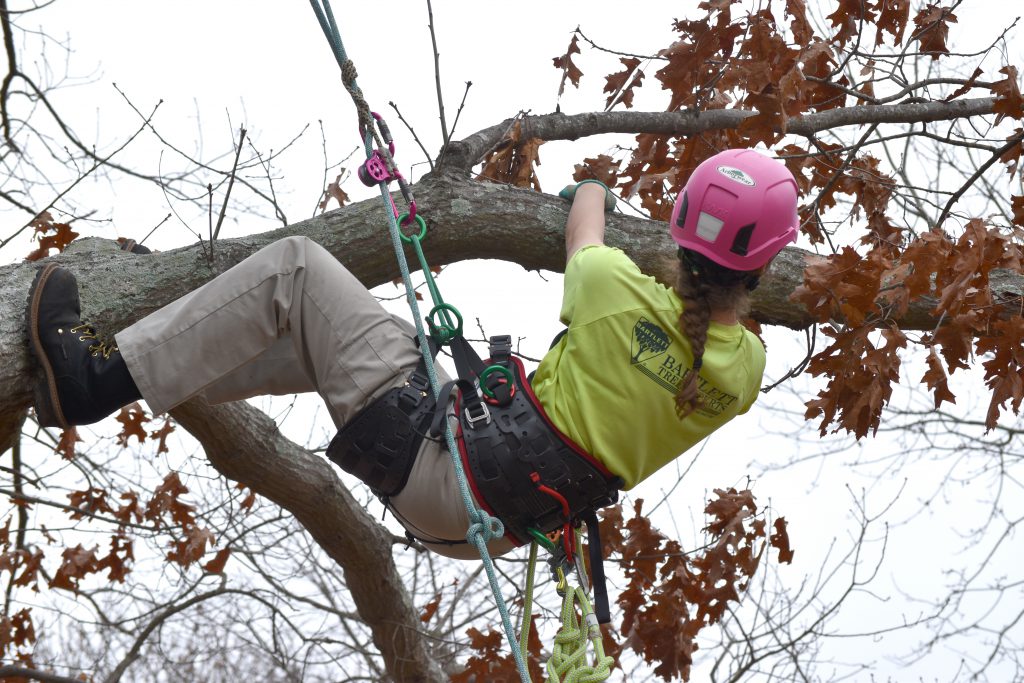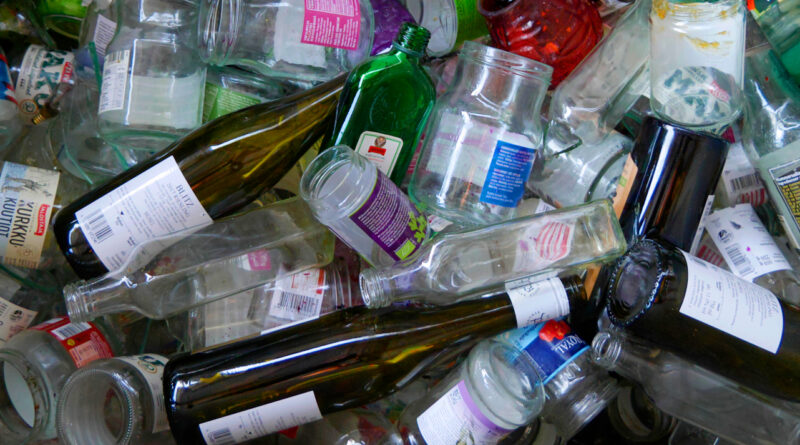What Happened to Glass Recycling
Podcast: Play in new window | Download (Duration: 2:11:01 — 63.5MB)
Subscribe: Apple Podcasts | Spotify | Android | iHeartRadio | Podchaser | Email | TuneIn | RSS | More
(November 14, 2021) “100% recyclable.” “Infinitely recyclable.” “Cuts water pollution by 50%.” “Reduces CO2 emissions.” These phrases are used to describe glass recycling. Then why do more than 28 million glass bottles and jars end up in landfills each year? Can we fix the 31.3% glass recycling rate in the U.S.? Why is glass often considered a contaminant in blue carts? In other words, what happened to glass recycling?
We tackle that problem today with Scott DeFife. He serves as president for both the Glass Packaging Institute (GPI) and the Glass Recycling Foundation (GRF). I met him earlier this year at the annual meeting of the Illinois Recycling Foundation (IRF). (Full disclosure: I am currently a board member of the IRF.) In fact, he received the 2021 Private Sector Recycling Program Award from the IRF. That was for a program called “Don’t Trash Glass.”
The idea is to collect glass containers in city bars and restaurants. That diverts them from landfills. Then they can be recycled into new bottles, fiberglass, and more. In addition, GRF is working with Corona® USA on their Protect Our Beaches campaign. Not only are bottles collected from businesses, they are crushed into sand at certain locations. Check out some of Chicago participants from this year.
Can we increase glass recycling in America? We can’t fix America’s recycling problems on one show. But we’ll look for some answers today.
Women climbing trees
That’s not the only thing one does in arboriculture. Yes, Microsoft, “aboriculture” is a real word. That’s one problem. Another is that folks often talk about their “tree guy.” Tree care has long been a male-dominated industry. But that is changing. One of the companies working to bring in more women is Bartlett Tree Experts. (Another disclosure: Bartlett is the primary sponsor of The Mike Nowak Show with Peggy Malecki.)

In 2018, Bartlett held a first of its kind conference in the tree care industry. Women in Arboriculture: Maximizing Talent brought together women at all levels of the Company. They did it all that day. Climbed and felled trees. Tested their knowledge in knot tying, plant identification, pest and disease diagnostics. Even axe throwing was on the docket.
Then in 2019, Urban Forestry Researcher Adrina C. Bardekjian followed up with a report on women in the industry. She writes,
Our panel was also posed with this question: If you could propose one concrete, next step action toward strengthening the role of women in our field and building equity—what would it be? Responses included:offering formal and informal training sessions (from climbing to pruning; writing to research); formalizing cross-cultural and international mentorship programs; and connecting to media.
Women at Bartlett
Meanwhile, at Bartlett’s U.S. and Canada offices, the number of women has increased by 19%. That’s just in one year, from 2020 to 2021. In addition, half of the production team in the Cincinnati office are women.
Today, we talk to Jill Bondi, Midwest Division Administrative Coordinator at Bartlett Tree Experts. She’s no slouch. She has been in the green industry for 30 years. Her work includes golf courses, native plant nursery, field grown nursery, container grown nursery, and a landscape firm. Of course, tree care companies, too.
She holds five(!) Associate Degrees in Horticulture from Joliet Junior College, and a Bachelors in Business Management. I’m impressed. She’ll tell us how women can make a difference in horticulture.

